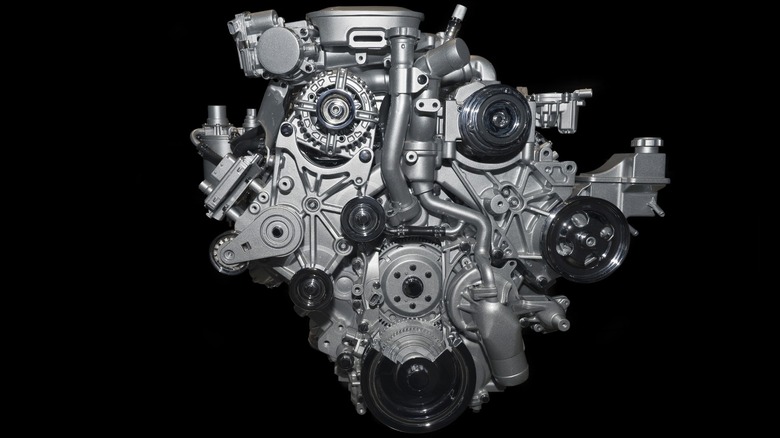
Kevinjeon00/Getty
Buying a used engine can be an excellent and affordable way to bring new life to an old car. Whether restoring a vintage vehicle or salvaging your daily driver after catastrophic engine damage, bolting in a quality used motor is a great way to get back on the road. Furthermore, installing a used engine is a wonderful way to hone your auto-repair skills and learn more about how cars work. But even if you don’t plan to do the work yourself, purchasing a used motor is still a cost-effective way to revitalize an old vehicle or get a broken-down car running again.
That said, you shouldn’t buy a used engine from just anywhere. Pre-owned motors are sold for a reason. Often, they come from wrecked vehicles. In these cases, the car may be totaled while the engine remains pristine. However, that’s not always the case, and it’s essential to look into the motor’s history whenever possible and research the seller before you make a purchase. It’s critical that you buy your used engine from a reputable source and consider a handful of other factors before dropping big bucks on what could be a dud. From reading the seller’s reviews to checking for compatibility, here are five tips to help you buy a used engine.
Buy from a reputable dealer

Hispanolistic/Getty
One of the most essential things you can do when shopping for a used engine is look for a reputable seller. There are a few ways to verify a company’s legitimacy, but one of the best things to do is read reviews from prior customers. Search for sellers that have a majority of positive reviews. Look for customer complaints or praise on sites like Yelp, Reddit, and Google, as well as the company’s Better Business Bureau page if possible. Check to see if the seller has any certifications or awards. Do a little research into the company’s history to determine whether it’s an established dealer or just someone selling parts out of their garage.
While it’s certainly possible to find a quality used engine sold by a private party, you’re better off purchasing from an established seller. You might discover a great deal on Craigslist or Facebook Marketplace, but you’re just as likely to buy a lemon with no warranty or recourse. Remember, if the price seems too good to be true, it’s likely a scam. And if the seller can’t provide you with a detailed engine history, proof that it runs, or any kind of guarantee or warranty, you’re better off looking elsewhere.
Look at the mileage
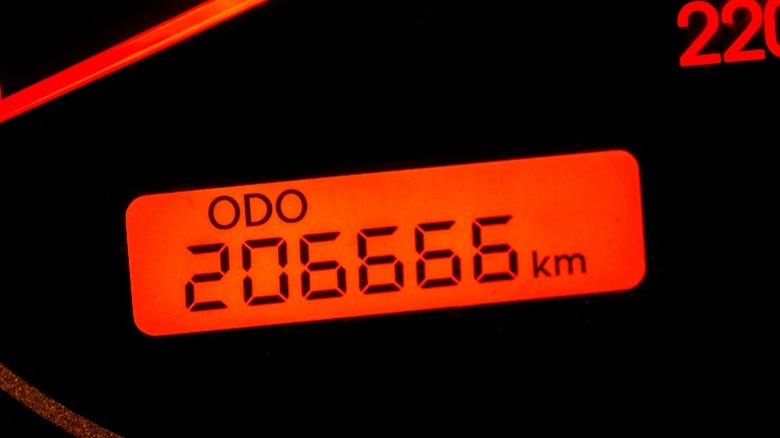
Robsonpl/Getty
Just like when buying a used car, you should check the mileage on a used engine whenever possible. Mileage is an excellent indicator of age and condition when it comes to automotive parts. The average person drives 12,000 to 15,000 miles per year. That means if you’re looking at a 10-year-old engine, anything from 120,000 to 150,000 miles is typical. Anything below that range is ideal, while you should avoid engines with excessively high mileage.
The problem with buying a used engine is that it’s not always possible to check the mileage, especially if you purchase an engine that someone has already removed from its original vehicle. That’s why buying from reputable sellers, preferably junkyards or dealers that can provide details about the source car, is so important. When you purchase a used car part from a scrapyard, it’s usually possible to inspect the vehicle and pull the component yourself or pay the seller to remove the part for you. That’s ideal because it allows you to examine the odometer and the rest of the vehicle, view the mileage, see how the original owner treated the car, and determine whether it has any damage that may affect the engine.
Inspect the motor
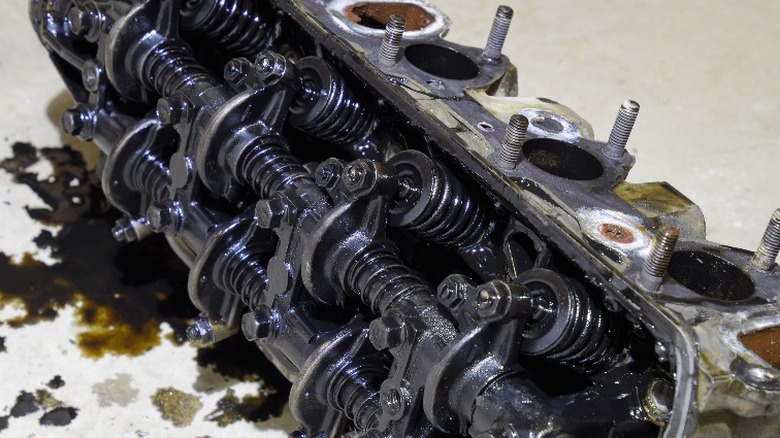
eleonimages/Shutterstock
Before you settle on a used engine, you should inspect and test it if possible. When visually inspecting a used motor, look for leaks, cracks, or other damage to the engine block. Confirm that the engine isn’t missing key components, like the oil pan, valve cover, alternator, or water pump. Check the nuts and bolts for tightness and corrosion, and look for damp spots or grime buildup that may indicate leaks around the motor. Inspect the oil and coolant levels and condition. Oil that looks milky or watery is generally a sign of head gasket damage, and repairs will likely cost more than the engine is worth. If the coolant looks brown or chunky, the engine likely has extensive corrosion or rust.
A visual inspection is the bare minimum that you should do when buying a used engine. Whenever possible, you should also test the engine. The two most common engine test methods include a run test and a compression test. A run test is pretty self-explanatory — a mechanic starts the engine and monitors its performance using a specialized scan tool. A compression test checks an engine’s valves, piston rings, and valve seats. Motors in good condition have consistent compression levels across their cylinders, while unhealthy motors can’t maintain compression and will likely have problems like misfires.
One final method you can use to check a used engine is a borescope camera inspection. A borescope camera allows you to look inside the motor without disassembling it. You can hire a mechanic to perform this test for you or purchase a cheap borescope yourself from a local auto parts store.
Check for compatibility
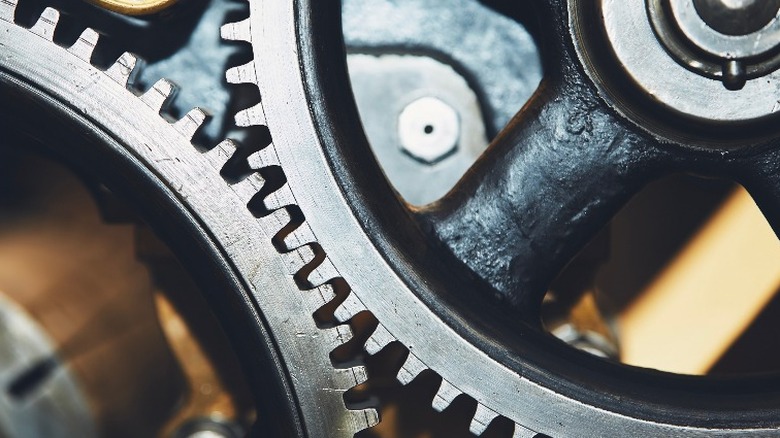
Jaromir Chalabala/Shutterstock
A critical step on your journey to buying a used engine is ensuring it’s compatible with your car. The last thing you need is to drop a thousand dollars or more on a used motor only to find out it won’t work in your vehicle. Automakers often build cars with the same engine for many years. But they also tend to produce multiple trim levels for each model, which usually means slight engine size or specification differences. While you don’t necessarily have to search for an engine from your exact model year, you do need to confirm that the used motor will fit in your car’s engine bay and work with the existing drivetrain.
One way to ensure that the engine you buy fits your car is to do your own research. Once you’ve identified a used motor to buy, perform your final confirmation by checking the code on the engine block to be sure it will work with your vehicle. Alternatively, you can use a service to check compatibility. Many scrapyards and auto parts sellers have a system that allows customers to check whether engines and other components match their cars.
Ask for a warranty
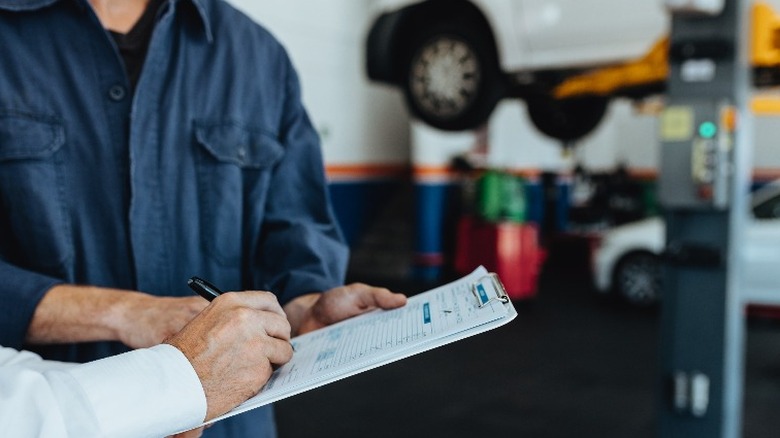
Jacob Lund/Shutterstock
The final thing you should do when buying a used engine is search for a seller that will provide a warranty. Nothing in life is guaranteed, especially the integrity of used auto parts. While the dealer may be honest and reputable, they can’t always be sure that the parts they sell won’t fail or have an abnormal flaw. It’s precisely for this reason that reputable sellers tend to include a warranty — they know that guaranteeing their product is in the best interest of their business. If you find a used engine and the seller refuses to provide a warranty, you should proceed with extreme caution, as you can’t be sure the part you buy is worth the money you’ll likely spend.
A warranty will protect your wallet if the motor you buy is a dud or fails within a certain amount of time. But remember to ask about the terms of your warranty before purchasing. Find out if the warranty covers the entire engine and its accessories and whether it includes mileage or time limits. Don’t forget to get all warranty information in writing and keep it in a safe place. If the engine fails, the warranty will help ensure you don’t lose money!